My childhood eyes and ears took in all that the Adirondack small town communities like Caroga Lake, Edinburg, Northville, Day, Hadley, Canada Lake and Speculator had to offer way back when. And because of that, I know the Adirondacks like the back of my hand, or at least I thought I did. Perhaps at one time when I explored the area by foot and bike more than I did by car, I knew the nooks and crannies of this region where I spent most of my summers.
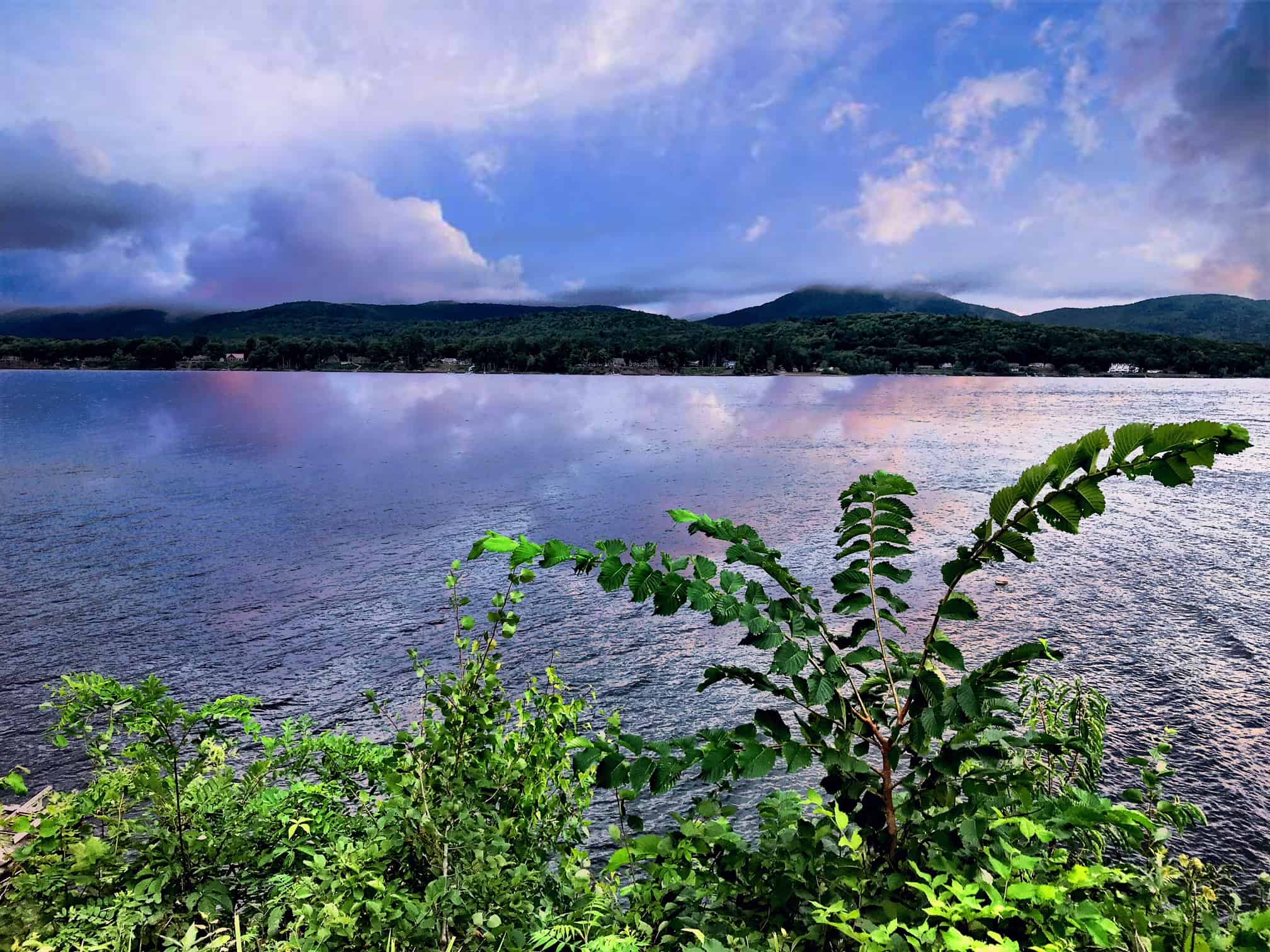
The Great Sacandaga
On a recent trip, we spent more time on the Sacandaga Lake and surrounding communities and I learned a few historical and quirky things about the area I never knew as a child.
The Sacandaga Reservoir @ Batcherville Bridge
I was surprised to learn about the history behind Northville and Batchellerville and the Batchellerville Bridge given that I grew up in the area and no one ever shared some of the tragic incidents that took place in the late 1920’s and early 1930’s.
The Batchellerville Bridge was originally constructed in 1930 when the Hudson River Regulation District built the Conklingville Dam and the area was flooded to form the Great Sacandaga Lake, a 42 square mile reservoir, the largest in the state. This I knew.
It cost $12 million for the dam and creation of the reservoir. What was new to my ears is the history of the peasants and farmers who had to give up their land (eminent domain) to the government for the construction of the dam. It is said that there were people who tied themselves to their homes and went down with the flooding.
Locals who have been diving deeper into the history of that period are discovering the sad tragedies of the families who lost their homes. Apparently people who refused to leave were forcibly removed from their homes, and saw them burned along with schools and churches they had built. According to a more recent article in the Saratogian who shed some light on this sad period, entire cemeteries were relocated. We talked to people who remember coffins surfacing to the top over time.
A fairly new 70-minute documentary, “Harnessing Nature: Building the Great Sacandaga,” co-directed by Saratoga County Historian Lauren Roberts and county Planning Director Jason Kemper explores these stories in more depth.
The thousands of farmers who lived in these tiny communities such as Conklingville, Fish House, Batchellerville and Osborn Bridge didn’t have money or power to fight so simply had to leave. Their unique businesses that made items like rakes, clothespins and washboards became a thing of the past.
A few we spoke to wonder if the turbulent waters around the Batchellerville Bridge, which is where the original valley of farms were located before the flood, isn’t due to angry ghosts who feel that their plight was unjust and unfair.
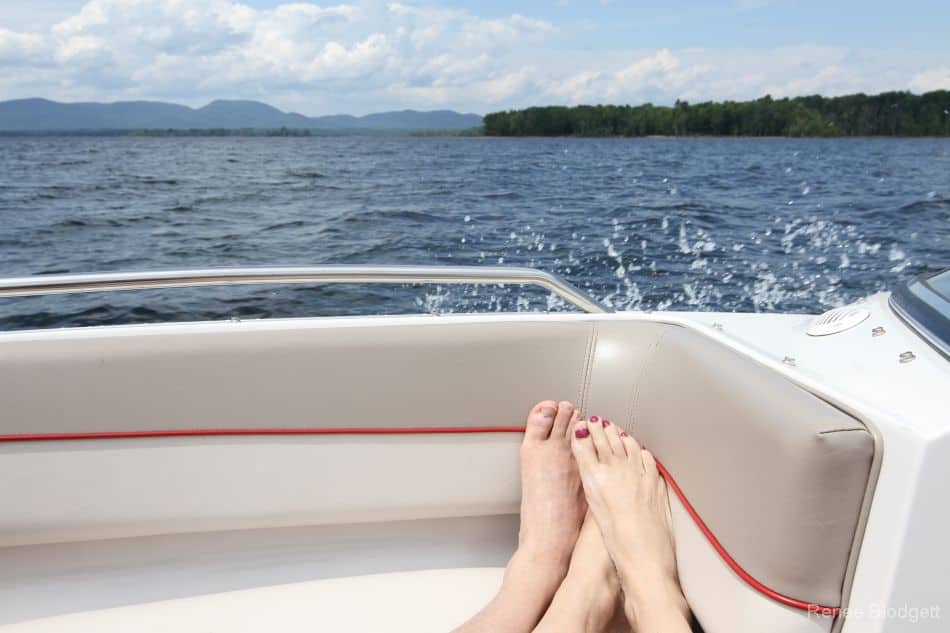
Boating on the Great Sacandaga Reservoir around Batchellerville
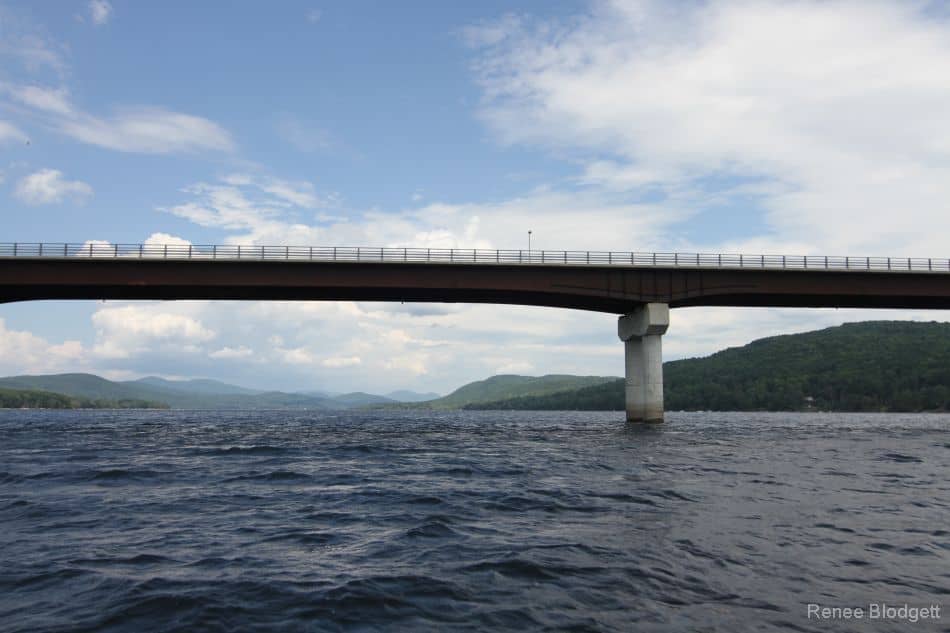
The Batchellerville Bridge, which we crossed under by motorboat in July – above and below.
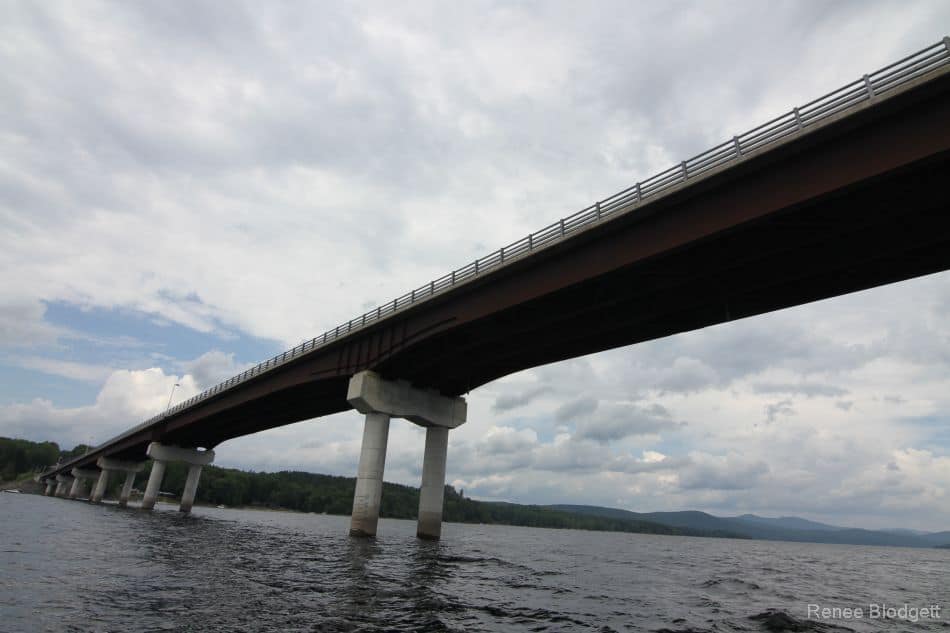
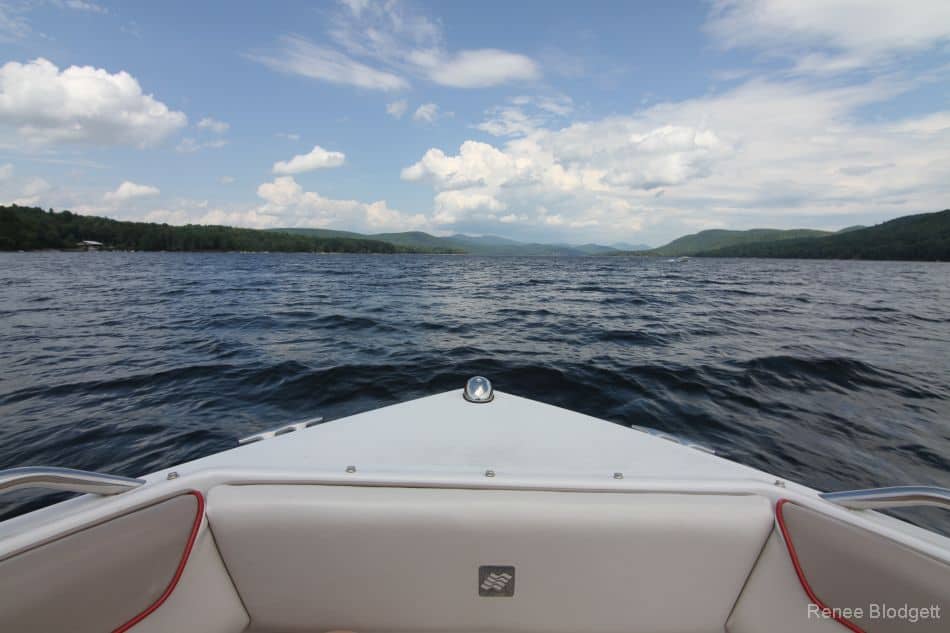
The beautiful Adirondack mountains from the Great Sacandaga Reservoir near Batchellerville and Day
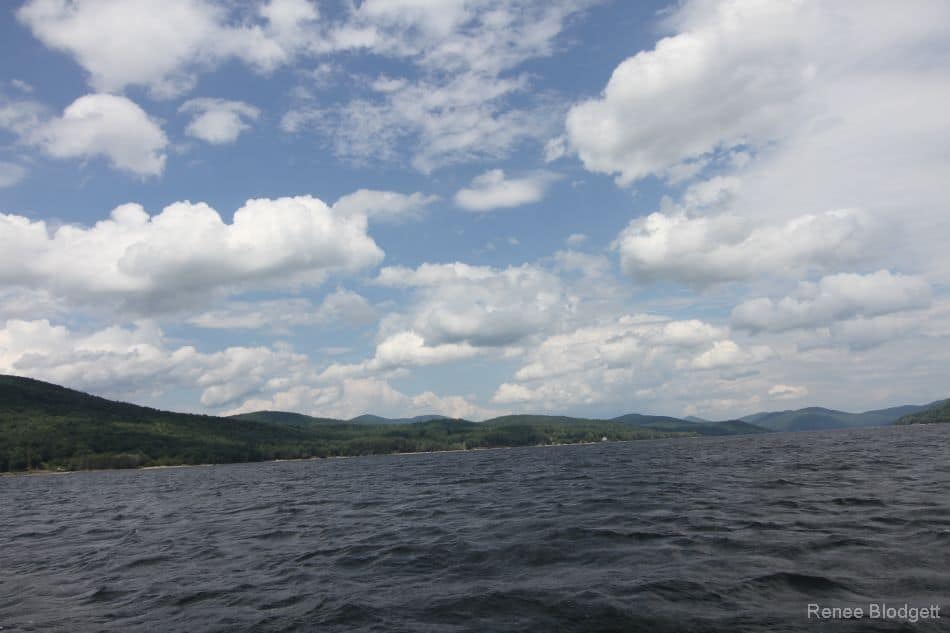
Boating along the Great Sacandaga near Northville
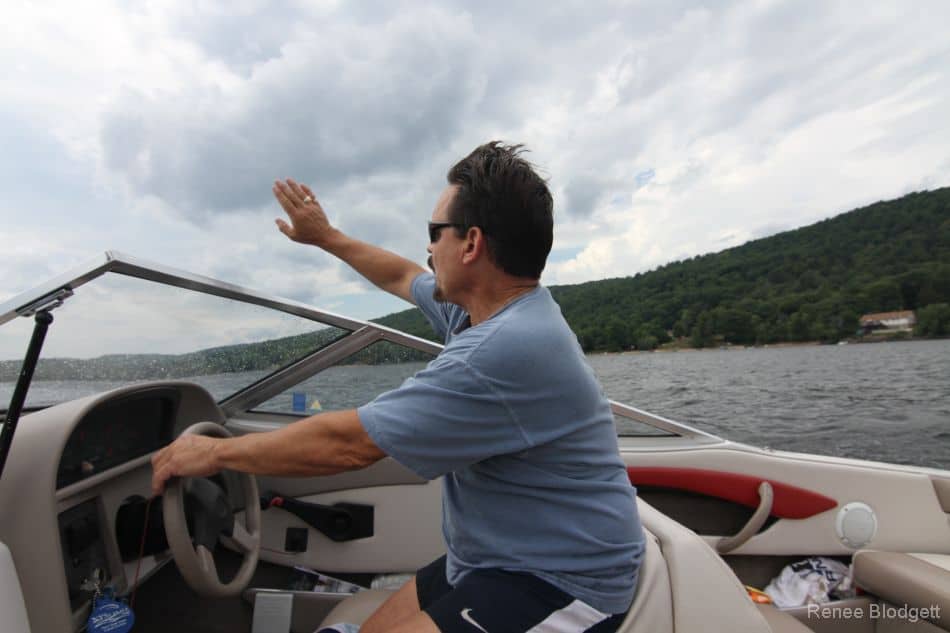
Our friend Bob has a wealth of information about the area.

It’s not the only history of ghosts we heard from locals from yesteryear. From the local Fuller’s Store and historical restaurants between Northville and Warrensburg (be sure to dine at the Grist Mill if you head up that way), we listened to stories of unsettled homes and buildings and of people who are certain ghosts are refusing to leave because of their jarred and unfortunate history.
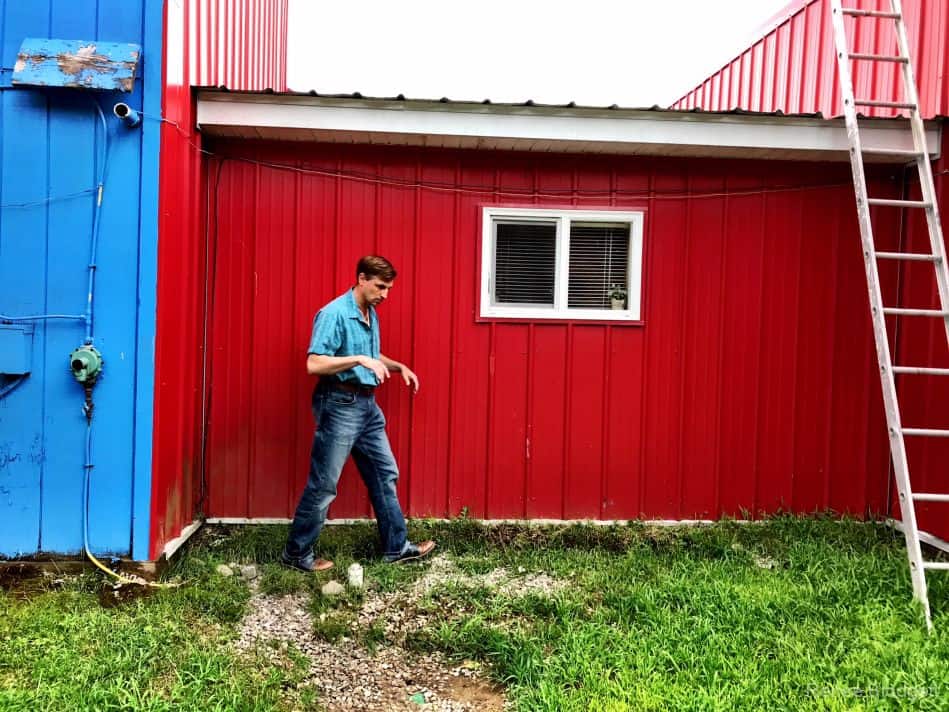
Sensing for ghost/spirit energy behind Fuller’s Store
Other parts of the Great Sacandaga aren’t quite so turbulent and makes for great swimming, canoeing, kayaking, paddleboarding and even waterskiing.
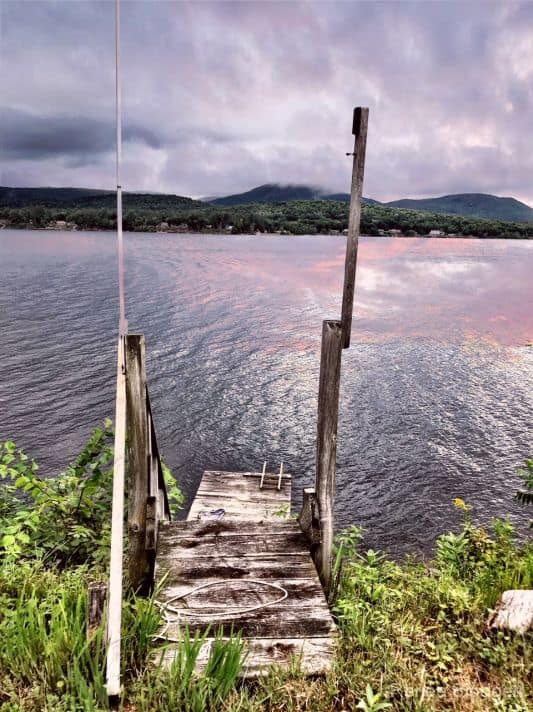
Calmer waters on the Sacandaga
William Coffey Studio & Gallery
We had a chance to get a private showing of William Coffey’s Studio & Gallery, which is located in downtown Northville. He defines his art as “at the intersection of contemporary and rustic design.”
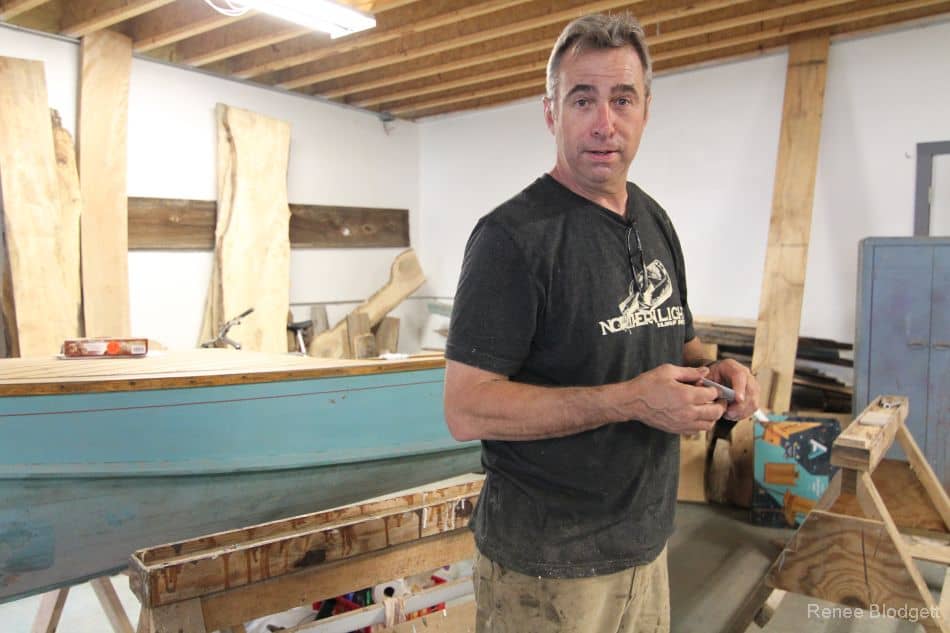
William Coffey in his Northville studio
His furniture making interest started as early as 12 years of age where he grew up in New York City. After an apprenticeship in his younger years and a degree from The Germain School of Photography, his first shop in the Brooklyn Navy Yard kicked off his career.

Inside the William Coffey gallery in Northville
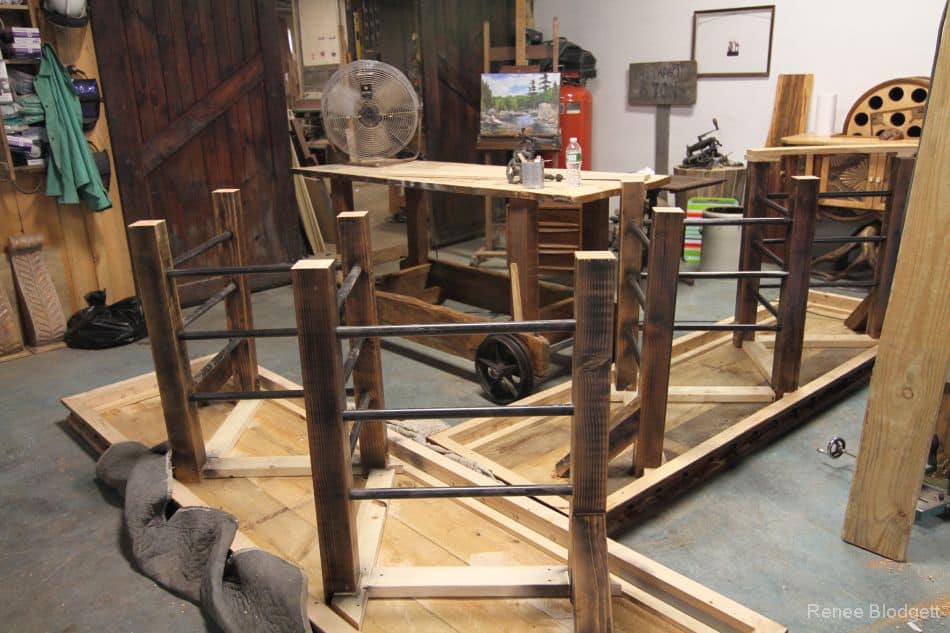
Inside his Northville gallery, we were able to see work in progress, such as these tables which he is making for a client.
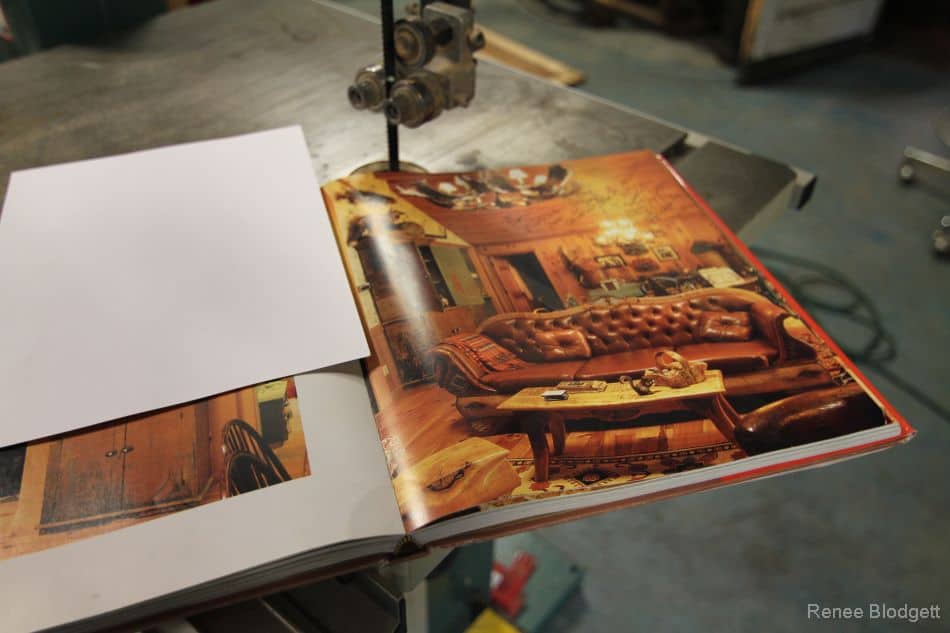
Bill Coffey’s work in magazines above and below.
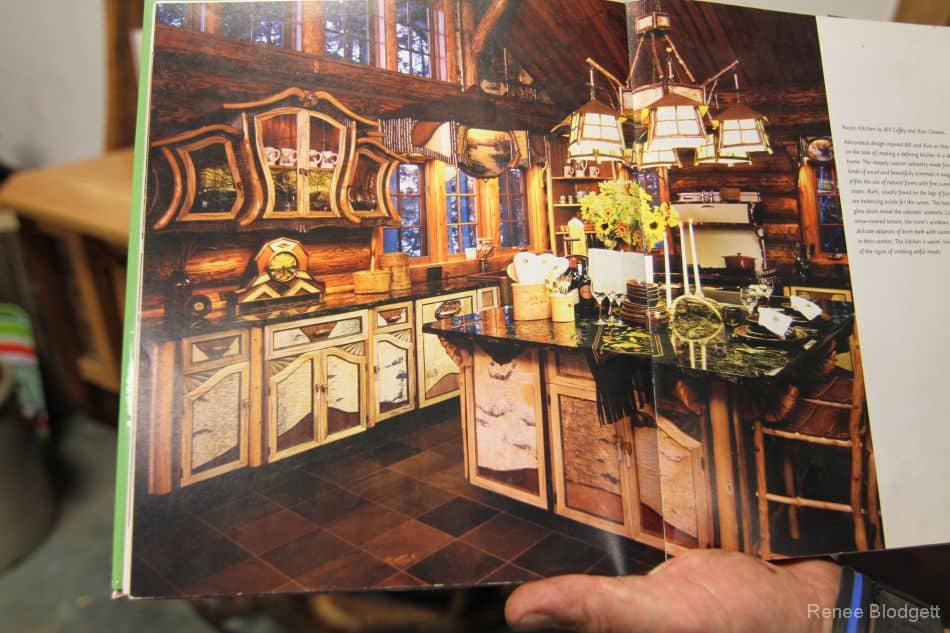
His work has been exhibited in the William Proctor Munson Museum in Utica, and the National Museum of Wildlife Art in Jackson Hole, Wyoming. His work is unique and shows up in luxurious rustic homes and buildings around the country.
He fashions furniture from re-purposed materials, metal, stone and wood. Bill says:
“My designs come from a subtle balance of looking back and looking forward. I am revisiting myself in balance.”
Also in his studio are other artists, including other rustic furniture designs, hand-made fly rods, lighting, paintings and pottery.
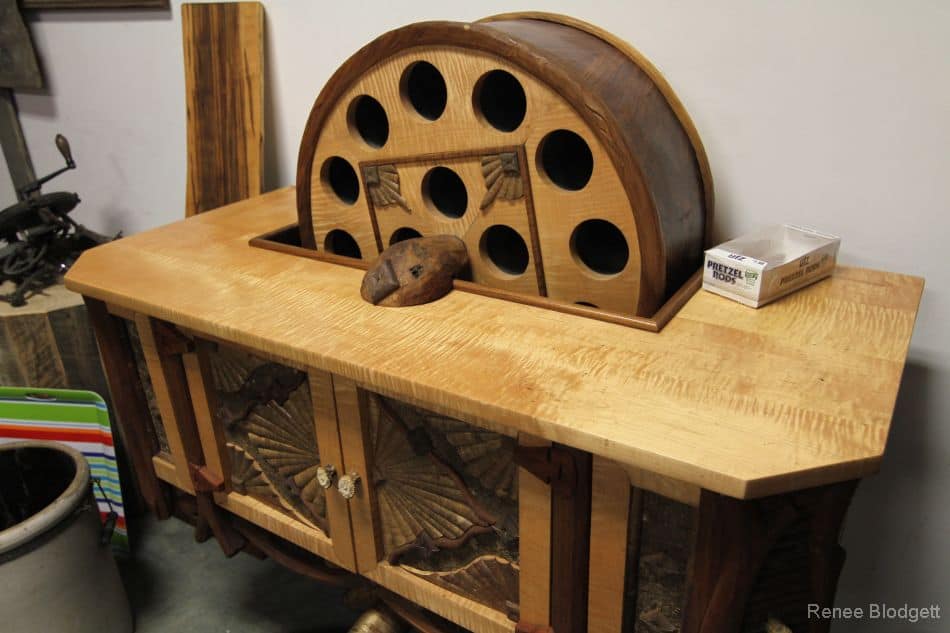
One of Bill’s pieces in his Northville studio
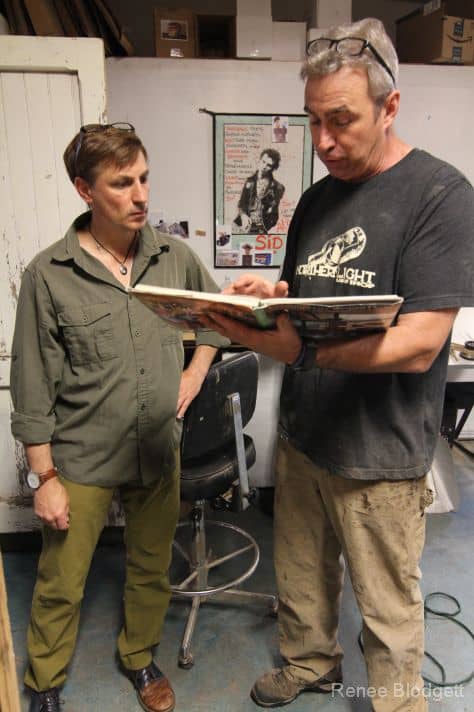
Bill shows Anthony some of his work in magazines
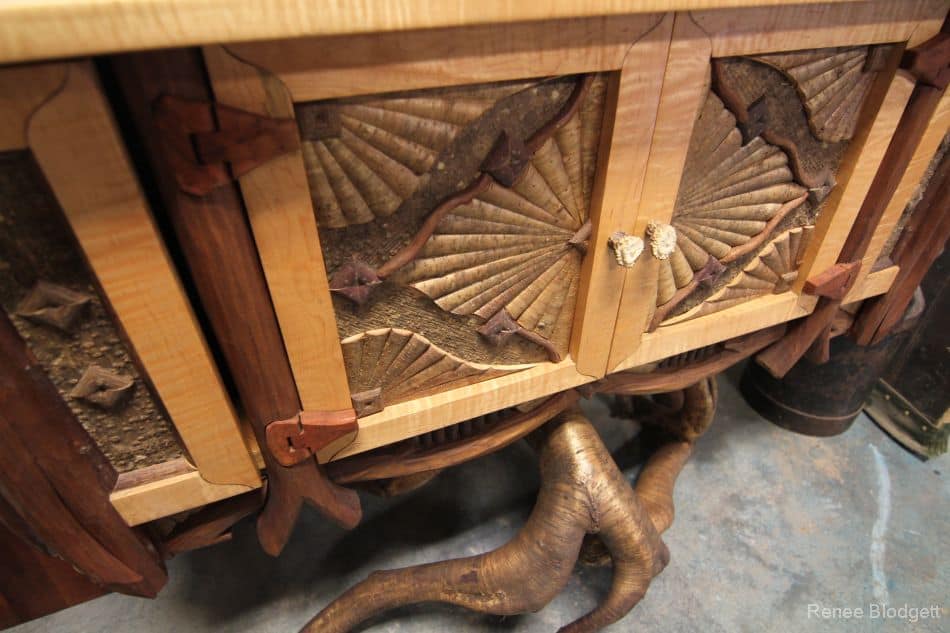
A finished piece in his gallery: where luxury and rustic design meet
Other amazing work from local artisans include pottery by Reah Haggart Costello, sculpture by Matt Horner, paintings by John Swartwout, Iconicscapes by Ron Defelice, lighting and paintings by Bob Stump, and assemblage by Diane Golden to name a few. The line up of artists rotate at times although you’re likely to find some of the staples there most of the time.
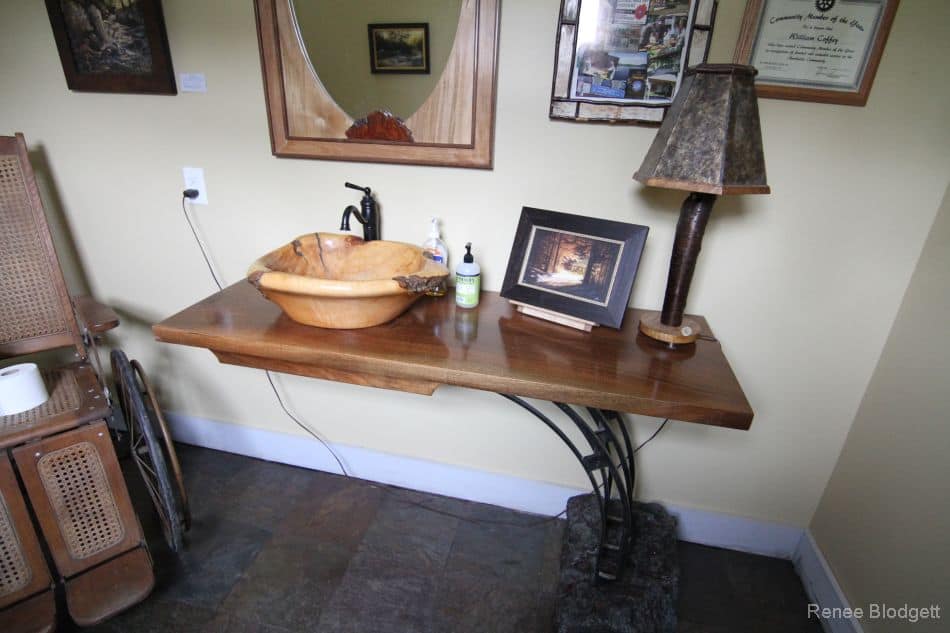
The bathroom at the William Coffey Studio in Northville
His studio can be found at 322 North Third Street in Northville New York, 12134. The phone number is 518.774.0531 and email is williamcoffeystudio@gmail.com.
Adirondack Culture
When we return to our old hood, we typically spend time in Caroga Lake or Gloversville since these are the haunts we knew the best, however this time around since we stayed with friends on the Great Sacandaga, we explored Day, Northville, Broadalbin, Edinburg, Hadley and the surrounding communities.
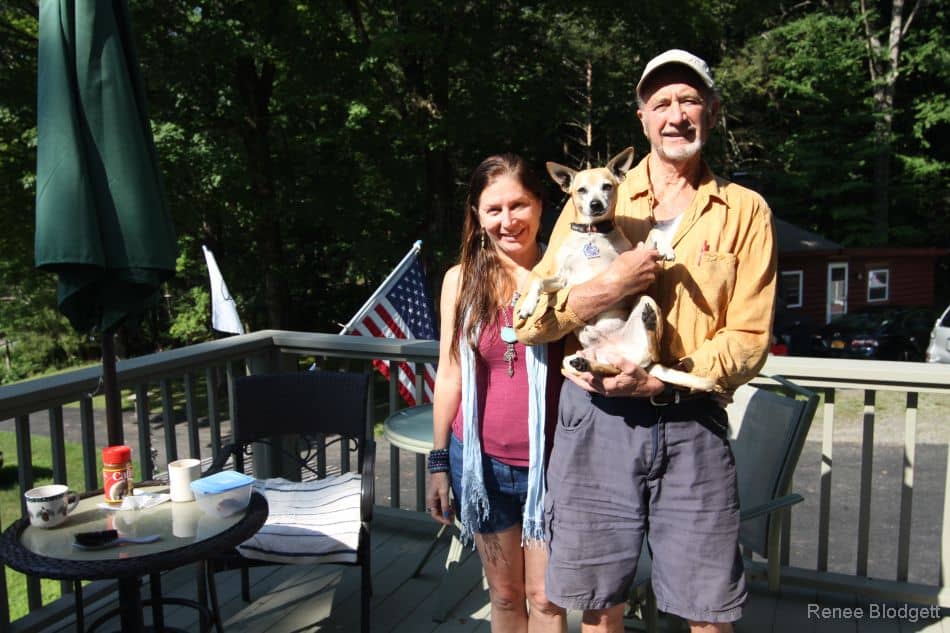
With Cousin Johnny and his dog in Hadley
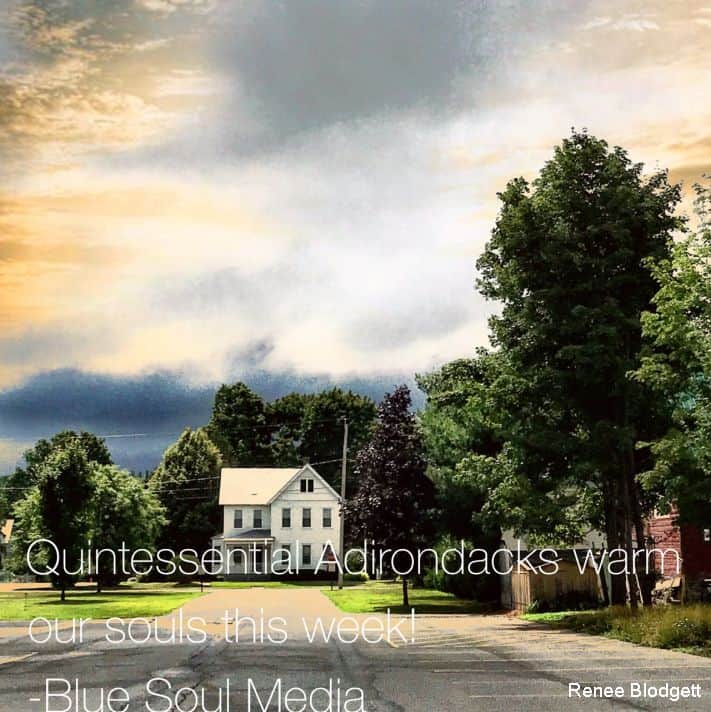
This is a shot I took in downtown Northville – so quitessential Adirondacks, I had to post it on our Blue Soul Media Instagram feed.
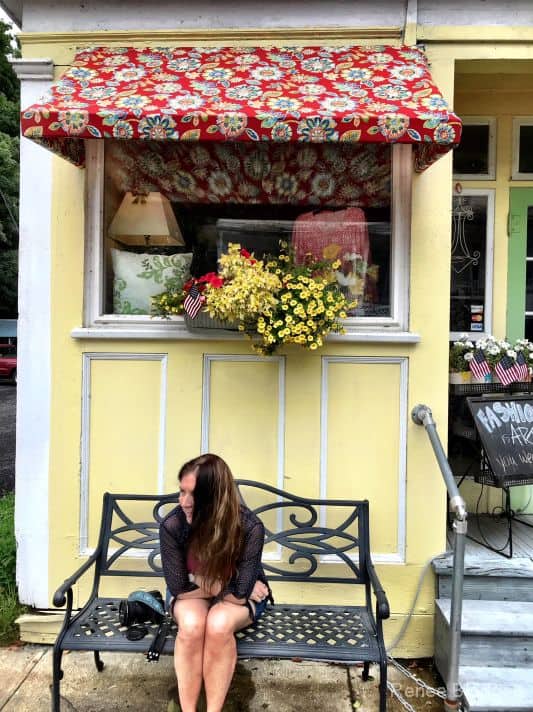
In downtown Northville
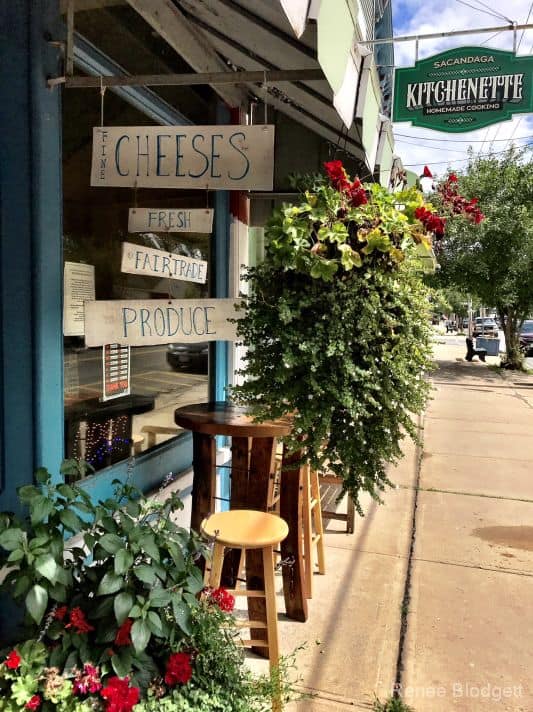
Homemade cooking at the Sacandaga Kitchenette in downtown Northville next to local cheese and Fair Trade produce
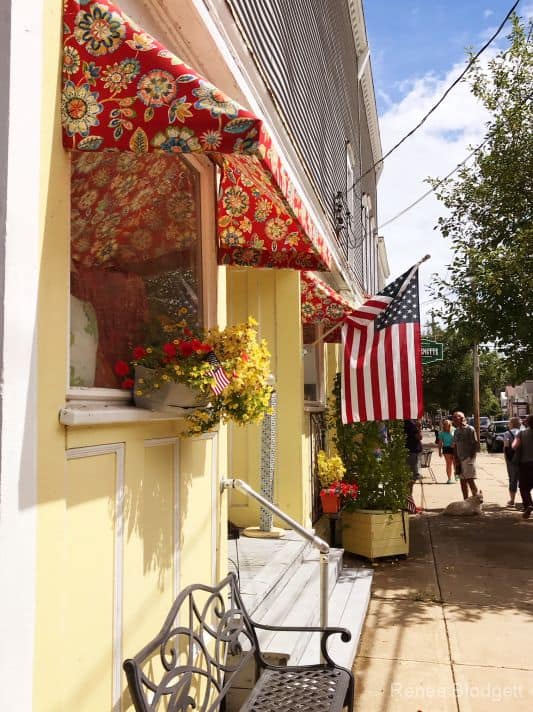
Above and below, the main drag of Northville New York
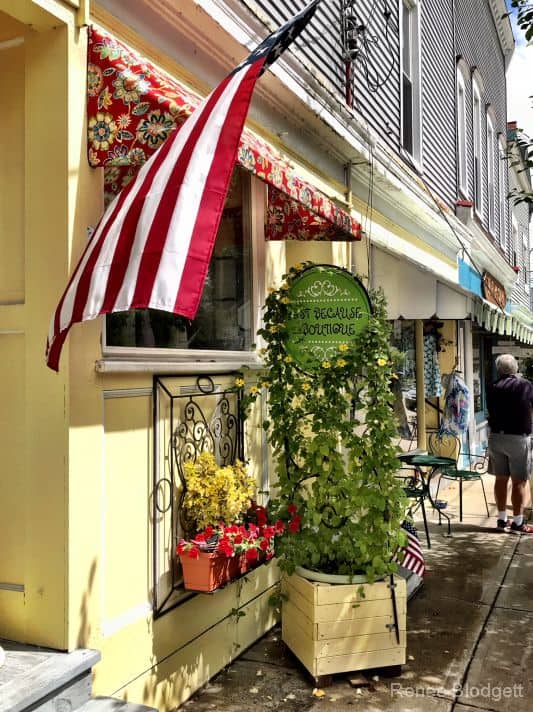
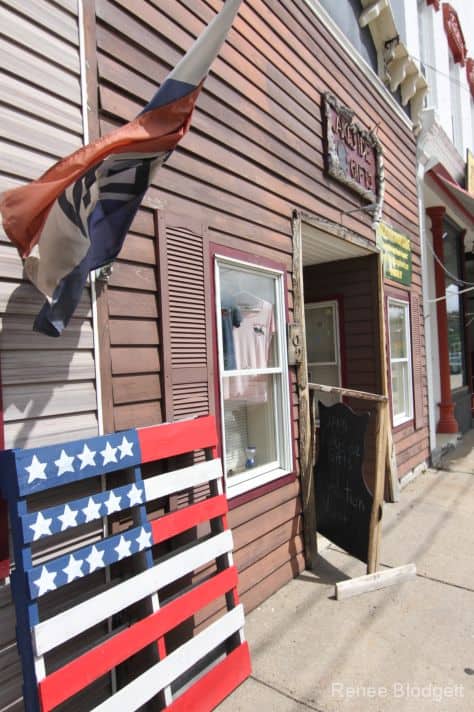
Old fashioned American Adirondack style in summer and winter can be found in Northville and the surrounding communities.
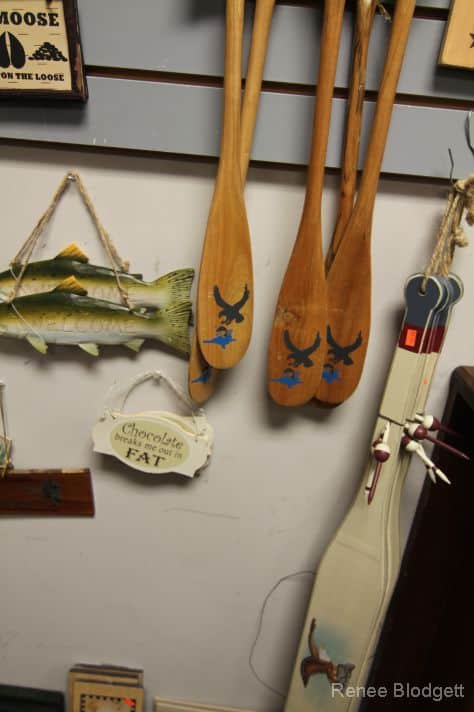
Some of the items in the quaint artisan stores in Northville
Paddles and fishing items can be found everywhere as can artisan made wooden tables and chairs.
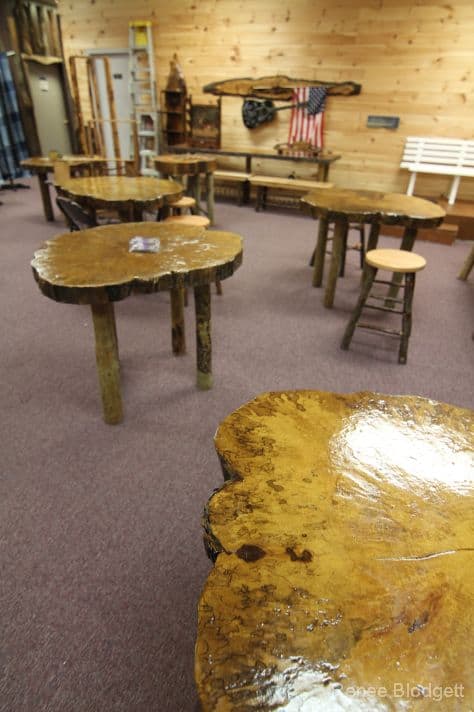
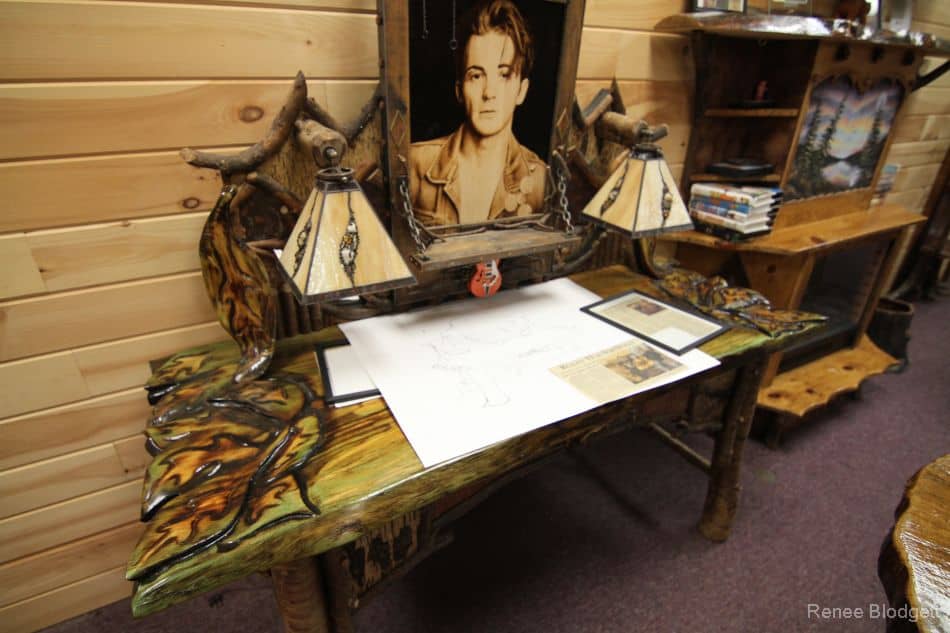
Just look at this rustic wooden desk – so beautiful right?
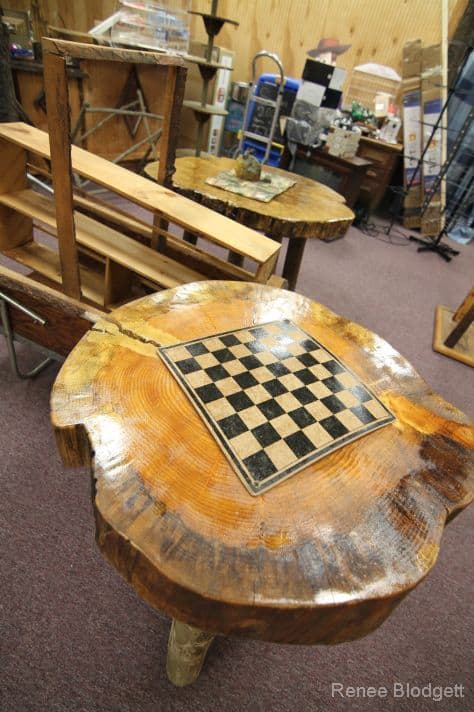
More handmade wooden furniture in and around Northville
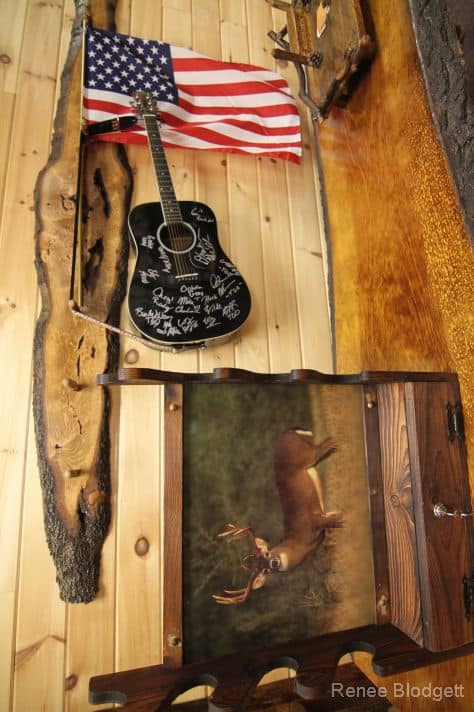
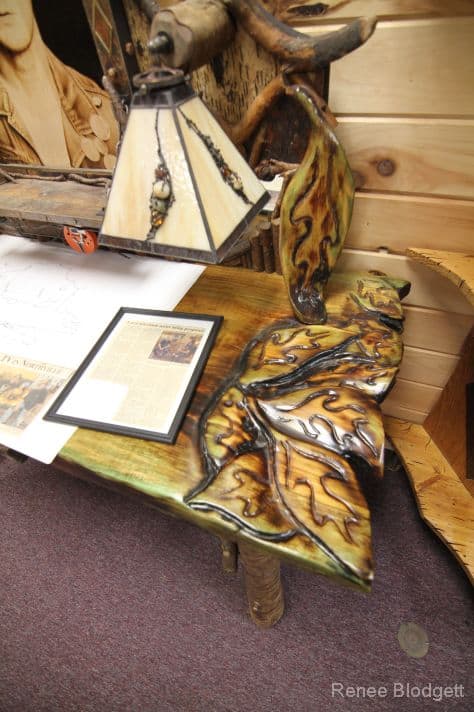
Beautiful craftsmanship which shows off Adirondack culture
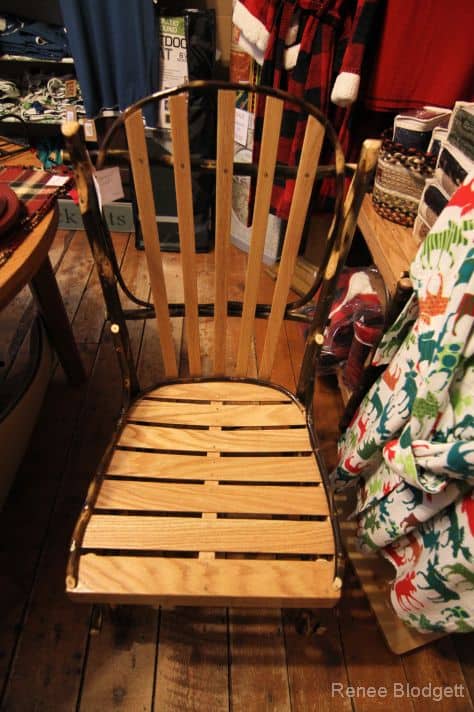
We loved these handmade chairs, Amish style in the heart of Northville
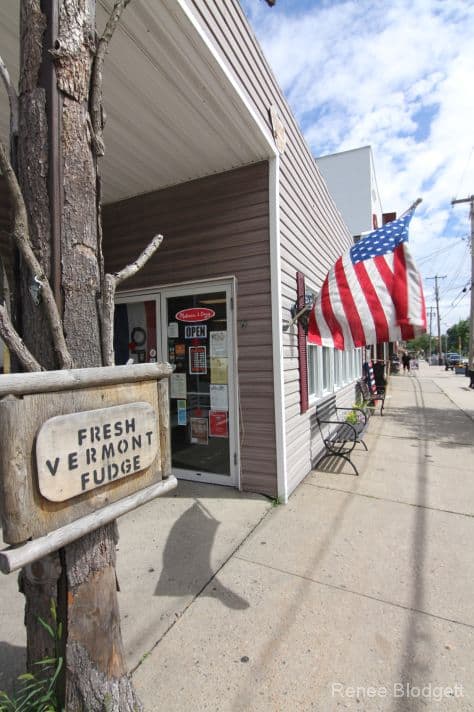
Fresh Vermont Fudge in Northville
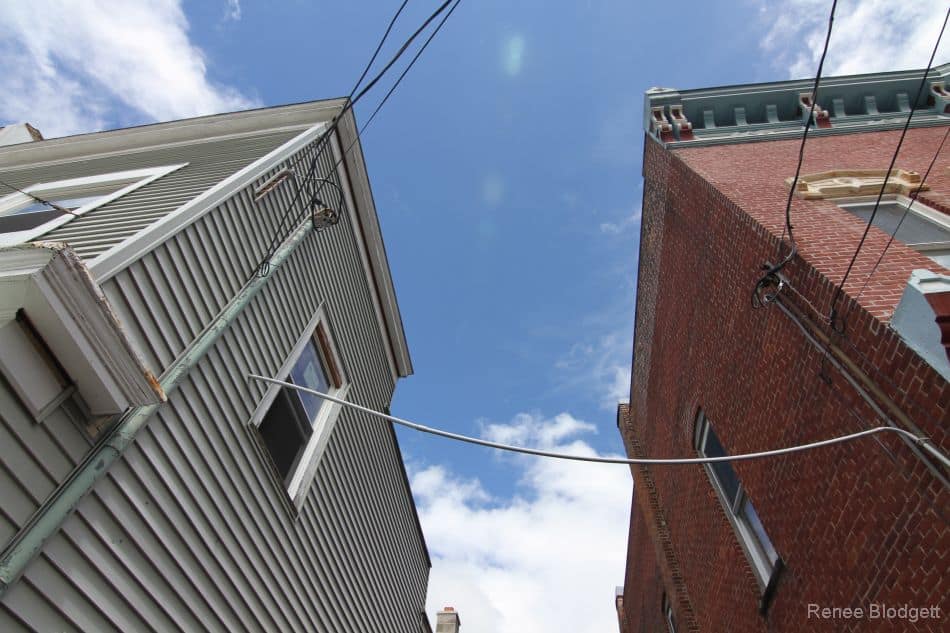
Looking up in Northville town center
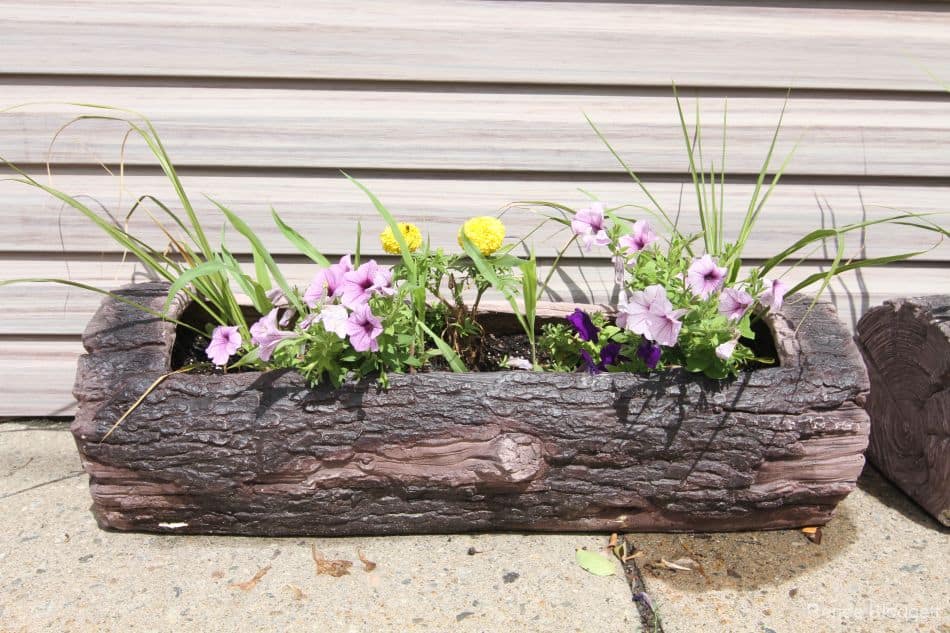
Northville and upstate New York State charm
Small Town Quaintness Meets Natural Beauty
The drives through the Adirondacks are breathtaking regardless of which direction you drive.
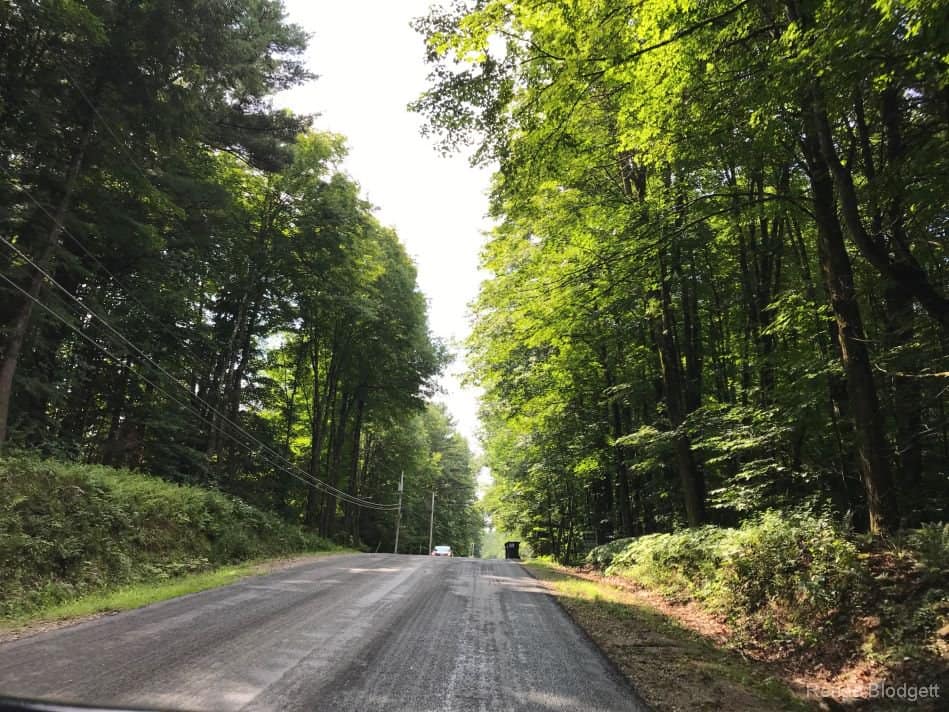
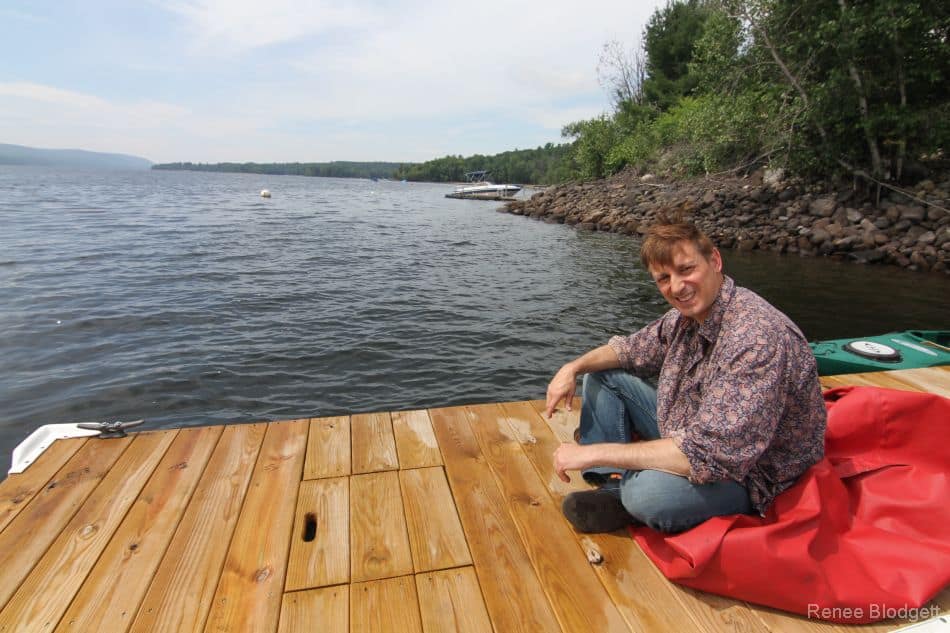
Sacandaga near Hadley/Edinburg (above and below)
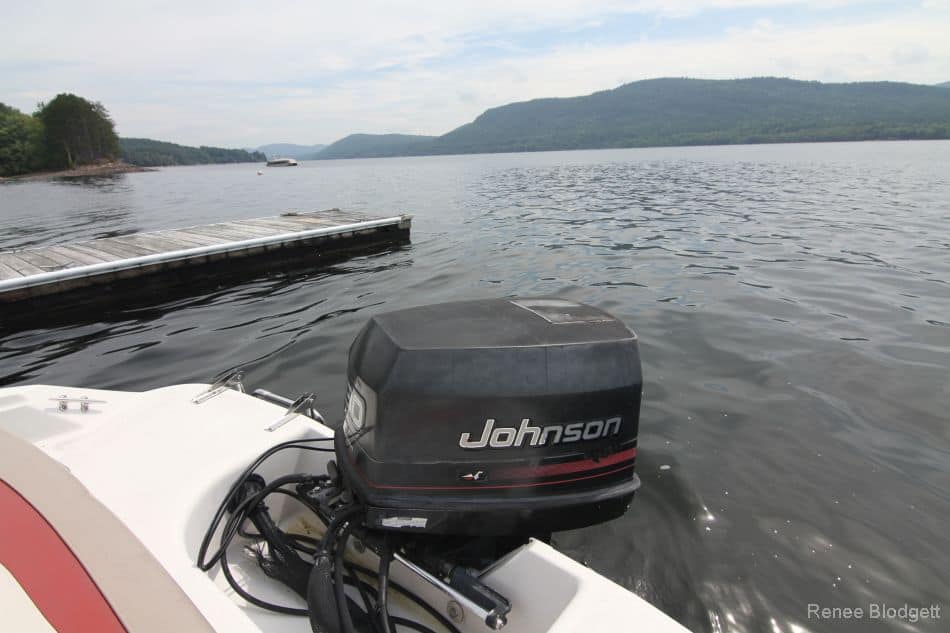
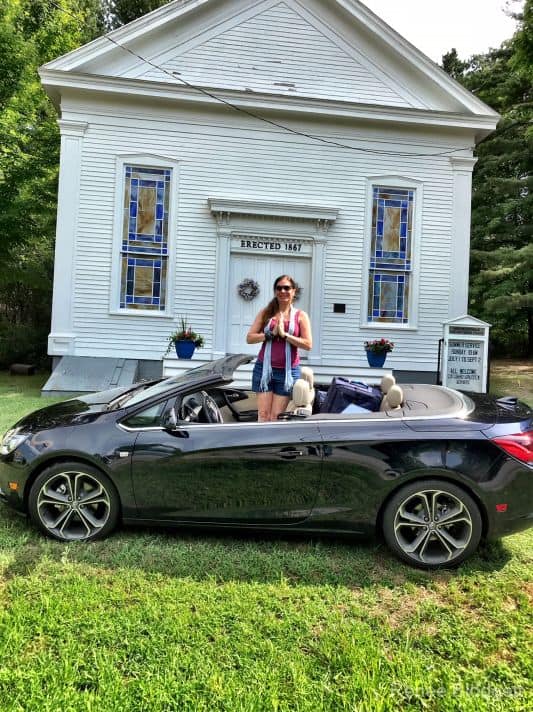
A local church which dates back to 1867
The Copeland Covered Bridge in Edinburg nearby was built in 1879 by Arad Copeland, who moved to the area around 1832. Previously, there was a small bridge over Beecher Creek that connected Copeland’s house and a small pasture which he apparently owned.
According to the Adirondack.net, “this bridge was built with a queen post truss design, which uses two central supporting posts. Some of the bridge’s renovations have included a new metal roof, new flooring, and side board replacements.” The Copeland Covered Bridge is around 35 feet long, and in 1998, was placed on the New York State and National Registers of Historic Sites.
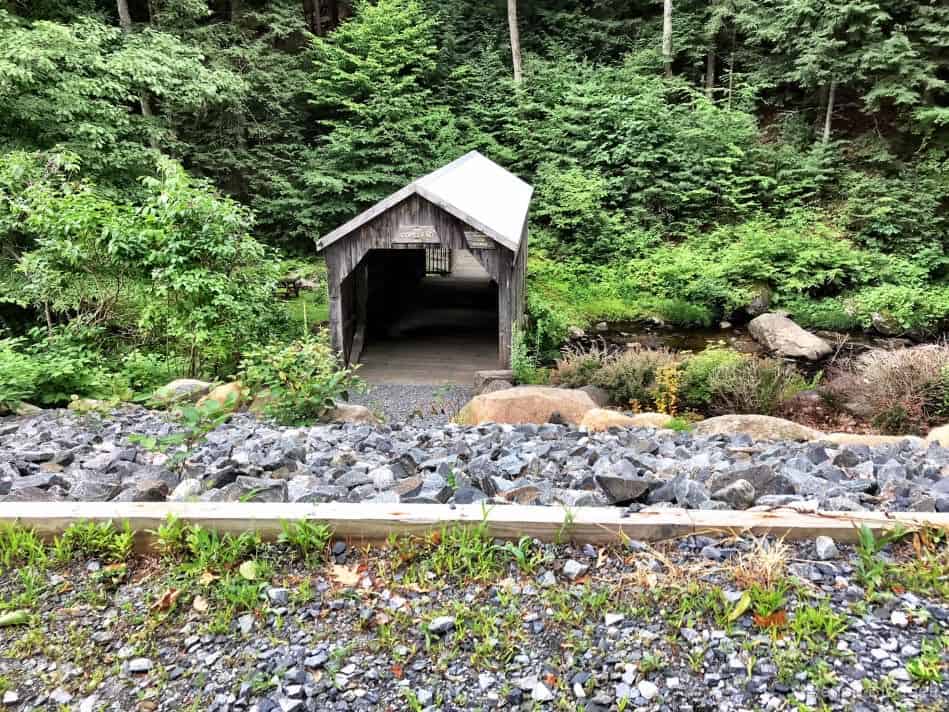
The Copeland Covered Bridge
If you want to stay in the area, you can rent a summer camp on either the Sacandaga, or other nearby lakes (Canada, Pecks, Caroga), cottages at Lapland Lake Nordic Vacation Center or the ever so quaint cabins at The Cabins in Hope.
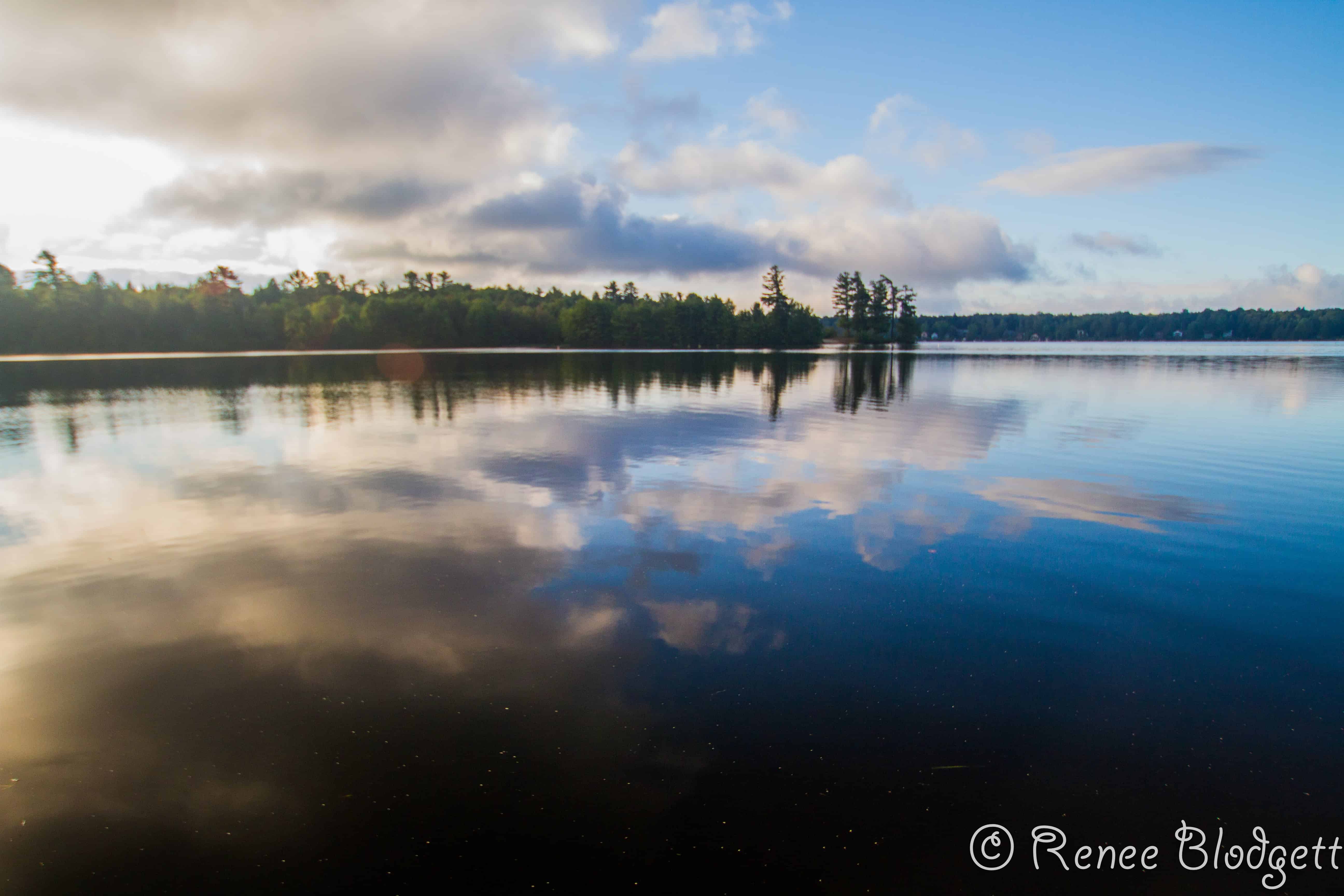
Caroga Lake is smaller and much more serene. Below taken of East Caroga a few years ago. Caroga Lake is where we grew up so holds many fond memories of a time gone past.
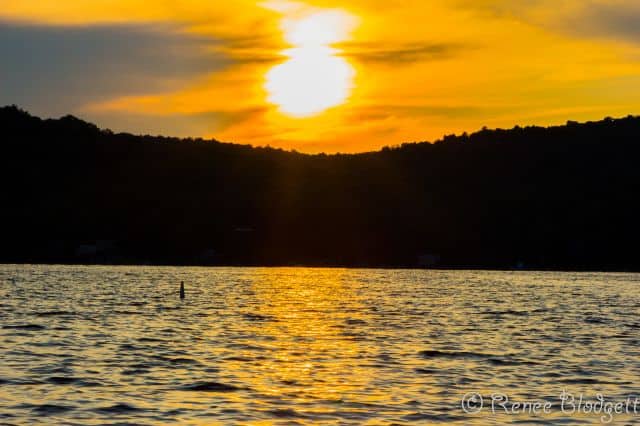
Caroga Lake at sunset
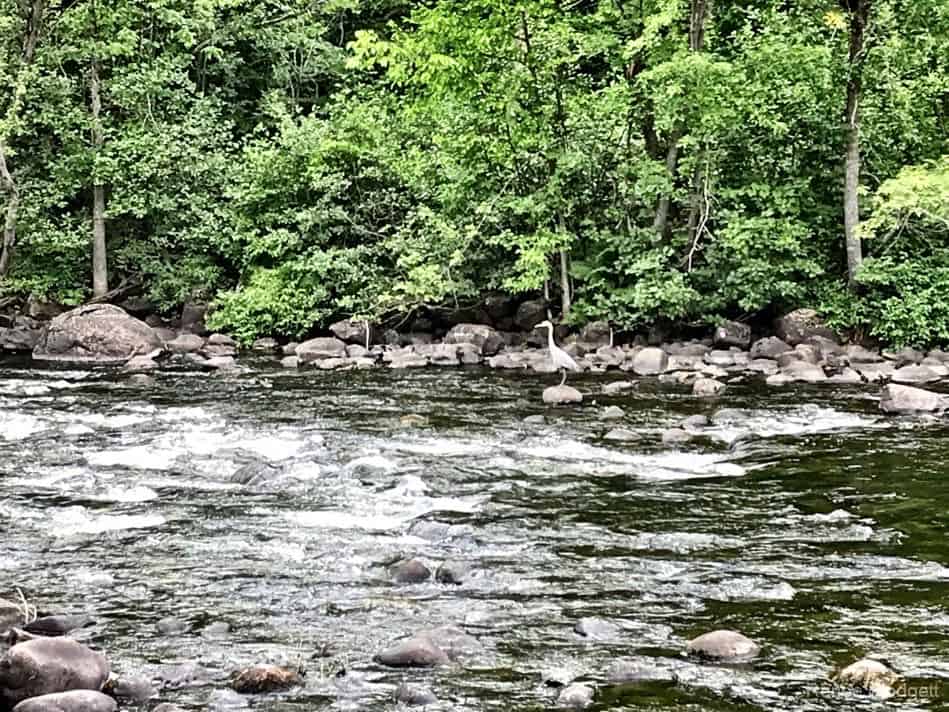
A heron on Lake Schroon in Warrensburg New York
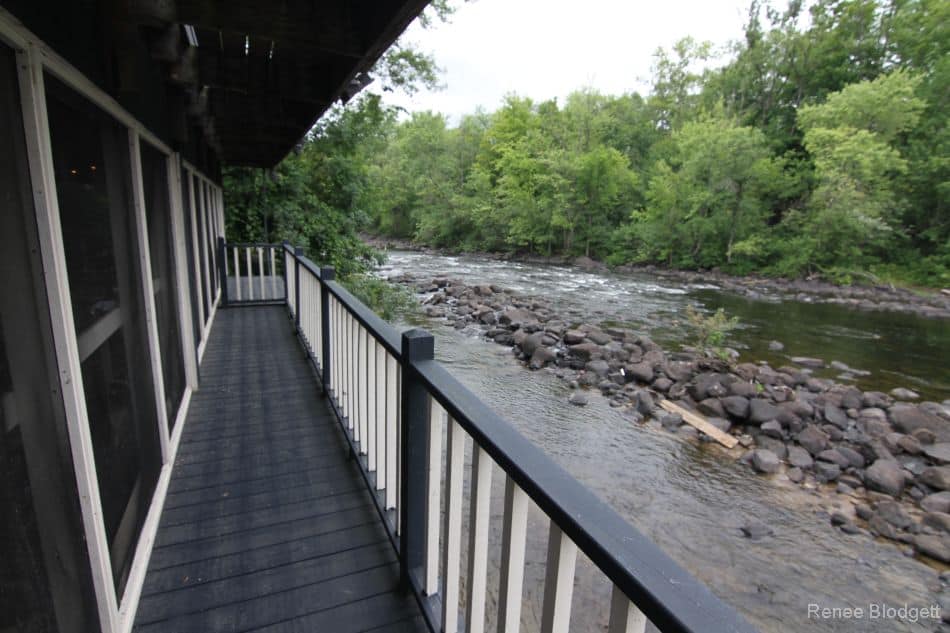
The porch outside the Grist Mill in Warrensburg

Driving from Northville to Albany via backroads in July
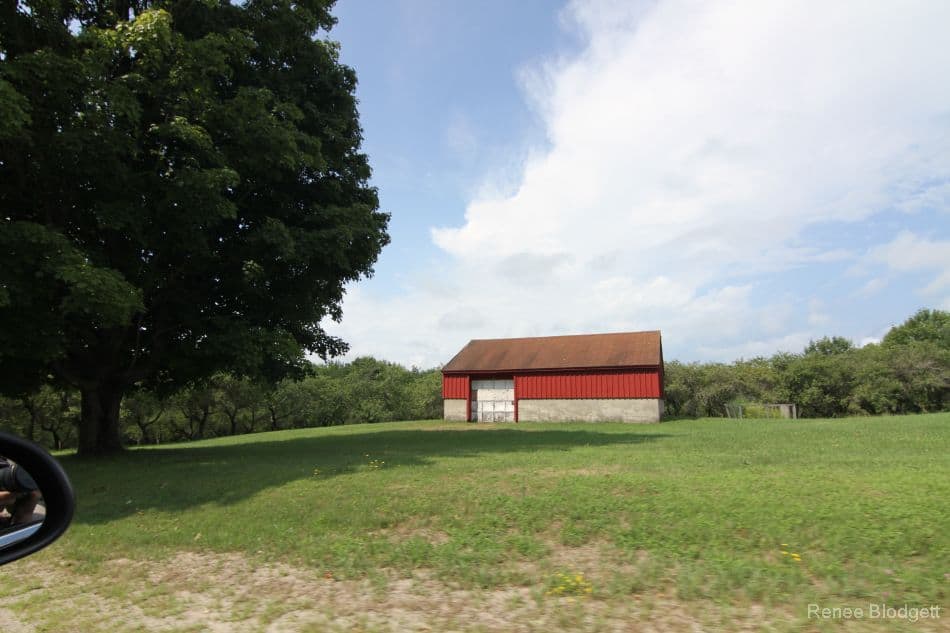
Rural upstate New York in the heart of the Adirondacks
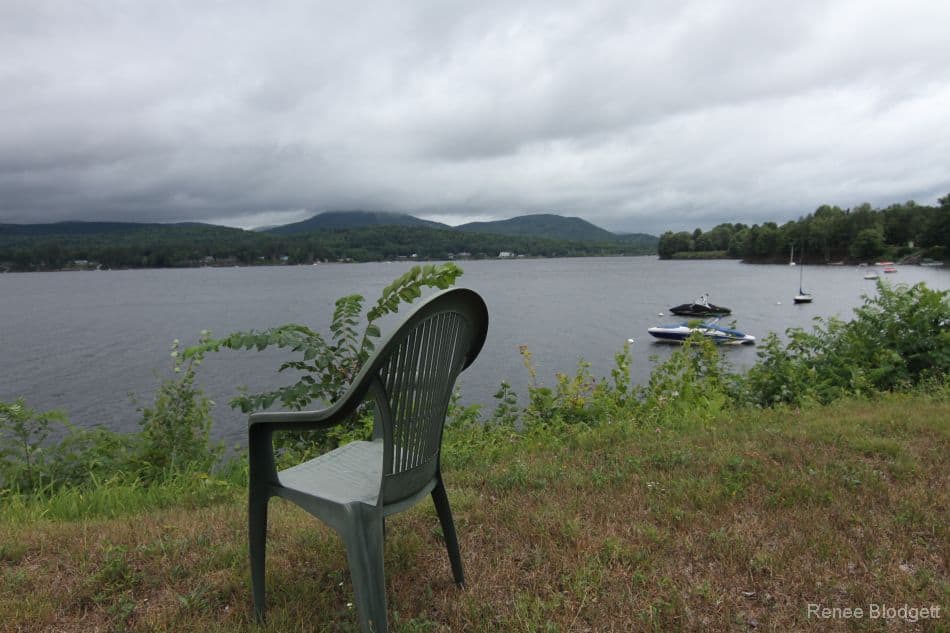
A drive around the Great Sacandaga
Travel Back in Time at the Northville Five & Dime
Supposedly the oldest Five & Dime Store left in the country, the Northville 5-10-25 cent store may not still be full of items under a buck, but it’s still fairly inexpensive by national standards.
You’ll travel back in time as you walk through the aisles, and feel as if time has literally stood still. If you’re over forty, you’ll find some knick knacks and toys from yesteryear you may have forgotten about or at best, didn’t realize was still available without bidding on eBay.
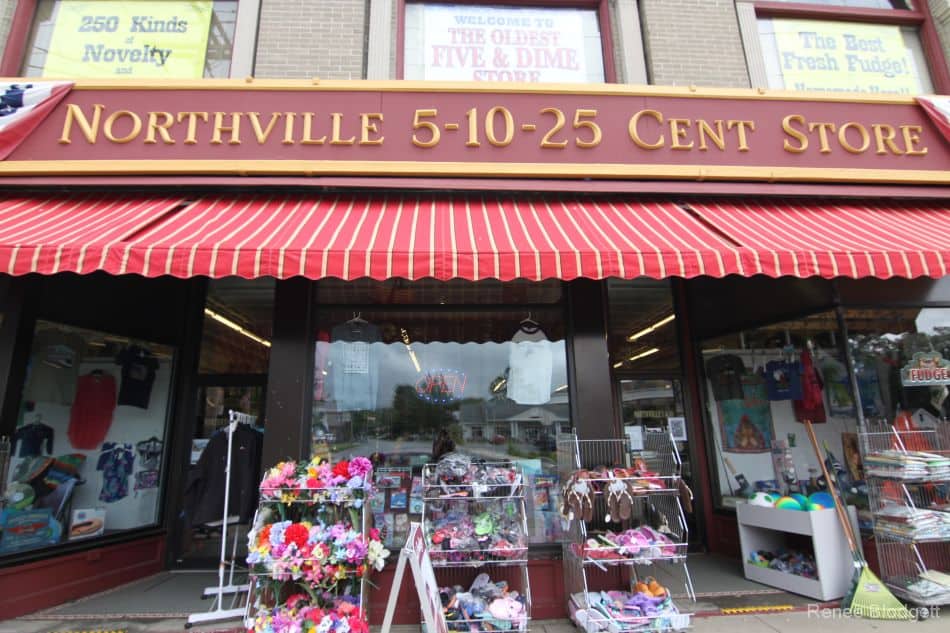
If you’re old enough to remember batons and barbies, the racks at the Northville Five and Dime will blow you away.


Old fashion Cool Driver matchbox cars and Pez dispensers


Cane Cola, Black Cherry, Root Beer, Creamy Red Birch Beer, Creme Can Sugar and more. Then there’s Jingle Sticks and Vendable Poseable Popeye the Sailor Man.
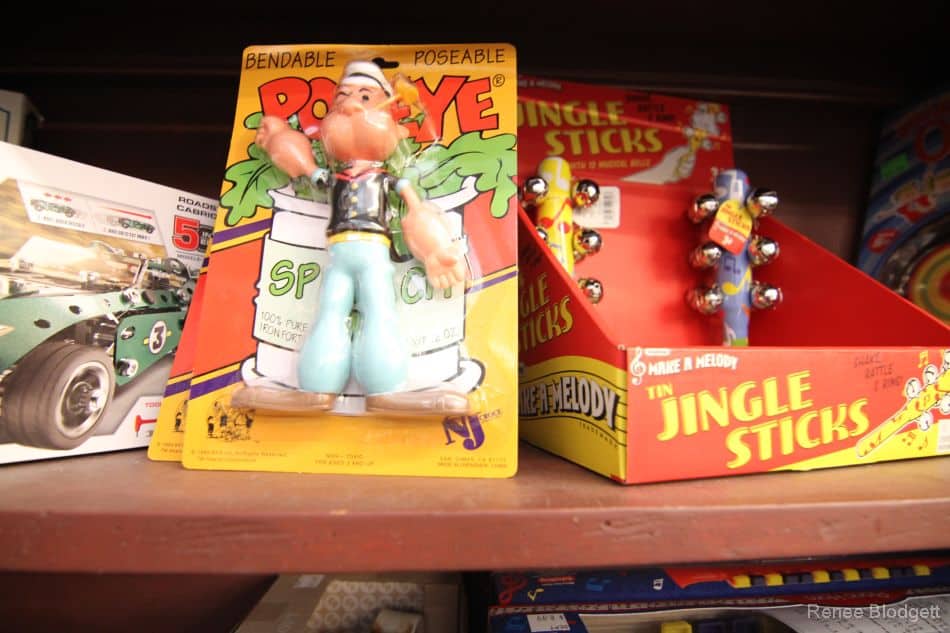

Do you remember Pop Guns and Tin Planes? Or, the Magic Rabbit kits and other vintage toys in packaging you haven’t seen since the 1950’s.
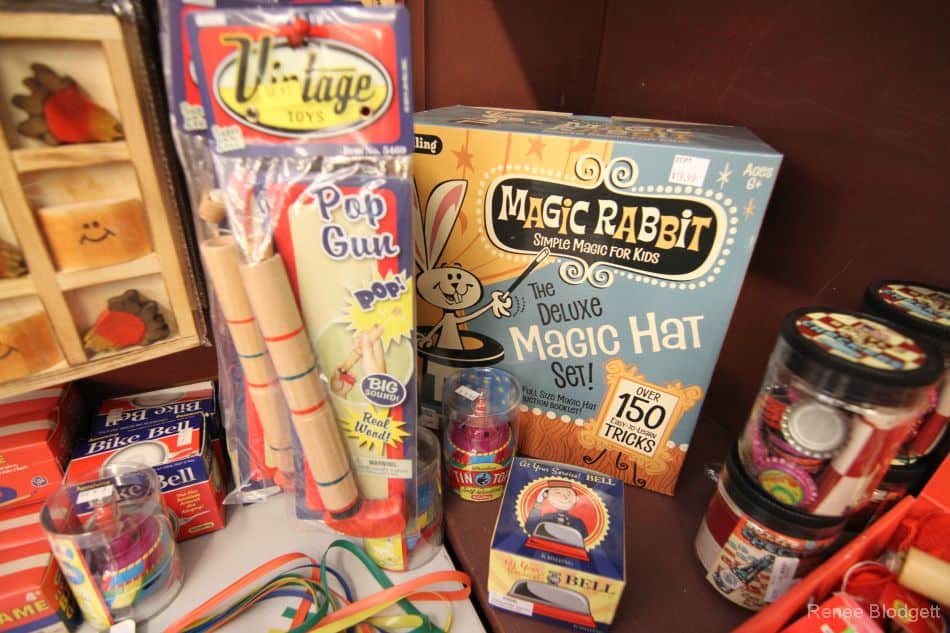

There’s also the Whoopee Cushion and Gumby — we all loved Gumby!
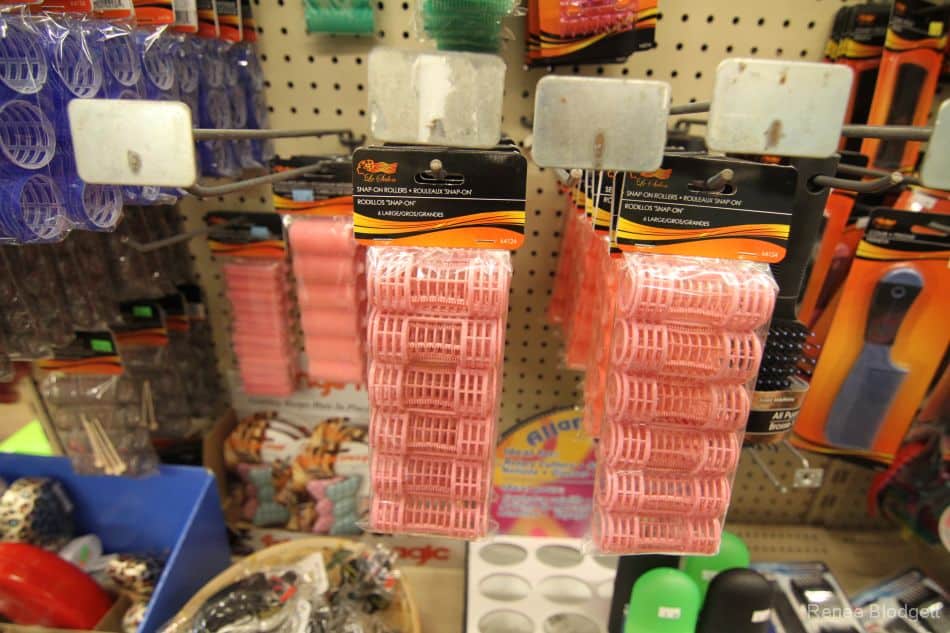
These old fashioned curlers were once the rage and every teenage girl had them.
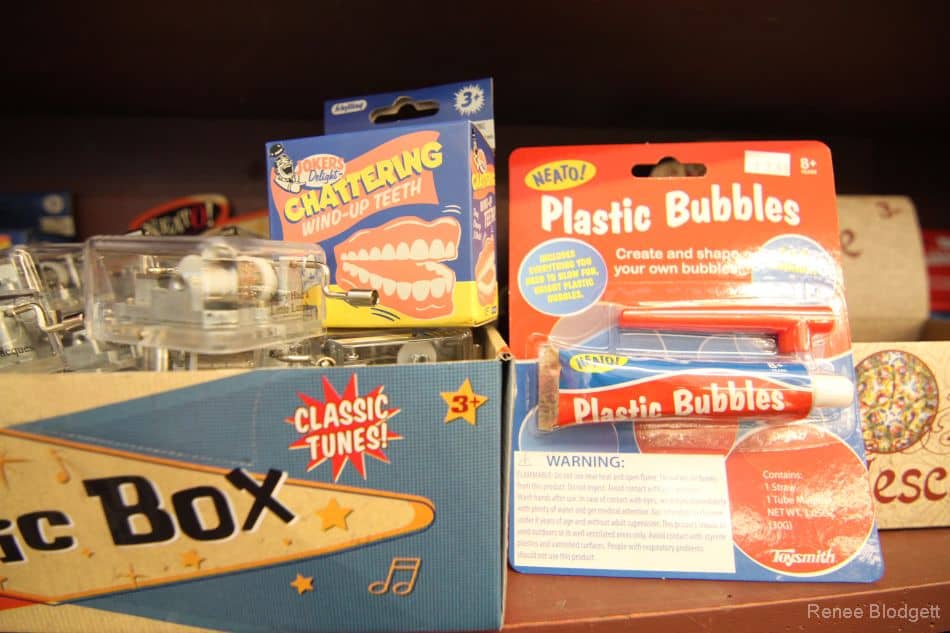
Chattering wind up teeth and plastic bubbles — believe it or not, we had them, used them and remember them.
Other Articles You May Enjoy:
- How Nature and the Adirondack Mountains Can Heal You
- A Very Vibrant Adirondack Loop
- The Allure of an Adirondack Summer
- Lake George, the Queen of American Lakes

Renee Blodgett is the founder of We Blog the World. The site combines the magic of an online culture and travel magazine with a global blog network and has contributors from every continent in the world. Having lived in 10 countries and explored over 90, she is an avid traveler, and a lover, observer and participant in cultural diversity. She is also the founder of the Magdalene Collection, a jewelry line dedicated to women’s unsung voices and stories, and the award-winning author of the bestselling book Magdalene’s Journey
She is founder of Blue Soul Media and co-founder of Blue Soul Earth as well as the producer and host of the award-winning Blue Soul CHATS podcast, that bridges science, technology and spirituality. Renee also founded Magic Sauce Media, a new media services consultancy focused on viral marketing, social media, branding, events and PR. For over 20 years, she has helped companies from 12 countries get traction in the market. Known for her global and organic approach to product and corporate launches, Renee practices what she pitches and as an active user of social media, she helps clients navigate digital waters from around the world. Renee has been blogging for over 16 years and regularly writes on her personal blog Down the Avenue, Huffington Post, BlogHer, We Blog the World and other sites. She was ranked #12 Social Media Influencer by Forbes Magazine and is listed as a new media influencer and game changer on various sites and books on the new media revolution. In 2013, she was listed as the 6th most influential woman in social media by Forbes Magazine on a Top 20 List.
Her passion for art, storytelling and photography led to the launch of Magic Sauce Photography, which is a visual extension of her writing, the result of which has led to producing six photo books: Galapagos Islands, London, South Africa, Rome, Urbanization and Ecuador.
Renee is also the co-founder of Traveling Geeks, an initiative that brings entrepreneurs, thought leaders, bloggers, creators, curators and influencers to other countries to share and learn from peers, governments, corporations, and the general public in order to educate, share, evaluate, and promote innovative technologies.








